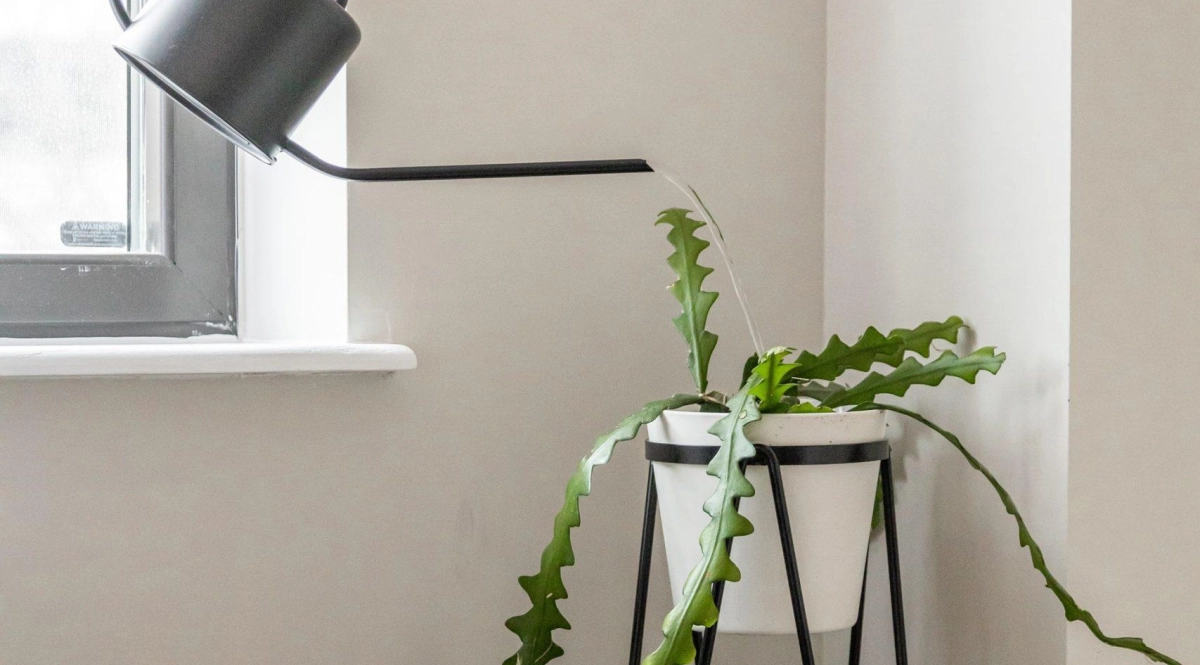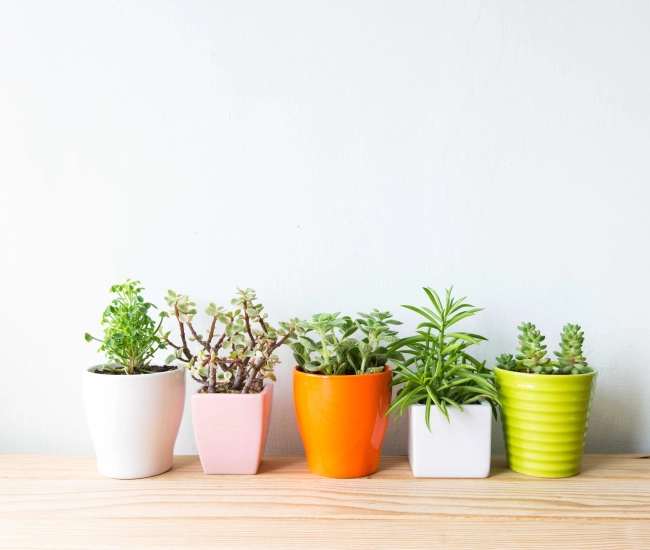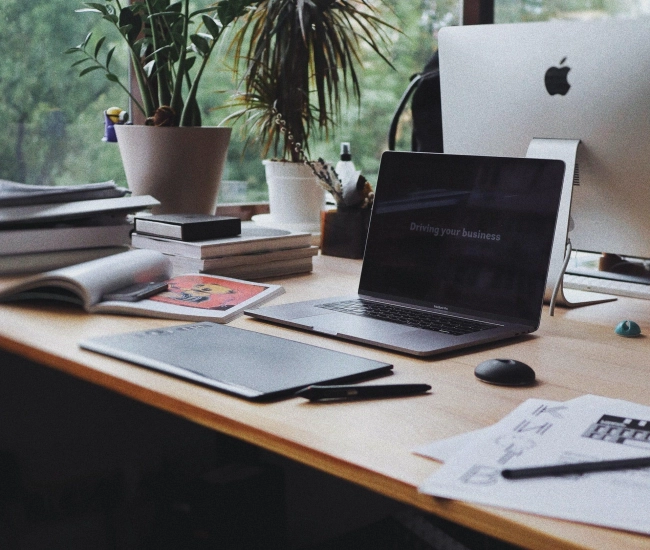
One of the keys to success with indoor plants is undoubtedly watering. The consequences of a lack of water or, conversely, excessive watering can be severe for your plants. It is difficult to predict the amount of water required and the frequency of watering for your plants, each having its specific needs. The environment in which they grow also influences their water needs: depending on humidity levels, room temperature, time of year, type of pot, soil... your plant may require more or less water. To know if your plants need water, rely on two valuable allies: your eyes and your fingers!
Your plants communicate with you, and you need to be attentive to the changes they undergo. Often, as soon as a plant is in distress, we think of insects or disease, whereas often, the problem lies in watering. Stay alert!
Signs of lack of water:
- Flower buds: If your plant lacks water, the flower buds will not open. They will remain green and fall off.
- Dry leaves: If the tips and edges of the leaves are brown and dry, it's a sign of drought.
- Yellow and wilted leaves: If the foliage turns yellow and droops or seems to wither, it's time to water.

Signs of overwatering:
- Soil mold: If your soil is too often saturated with water, you will see algae appear on the surface.
- Flower buds: With excess water, the flower buds turn yellow and fall off.
- Leaf drop: When your plant has too much water, its leaves can blacken and then fall. Sometimes, still green leaves drop as well.
- Crown or root rot: Constantly moist soil promotes the development of diseases like crown or root rot. If your plant becomes limp or emits a rotting odor: check the crown and roots carefully.
- Soft leaves and stems: If the leaves and stems are barely holding up, seem limp and soft, it's a sign that your plant is overwatered.
Some tips to avoid overwatering and underwatering
Of course, it can happen to forget to water or to give a double dose. The consequences are rarely irreversible. To give yourself a good chance of success, here are some basic rules:
- Always use potting soil for indoor plants.
- Ensure that your pot has drainage holes at the bottom for proper water flow.
- Always empty the saucer about 15 minutes after watering.
- Check the condition of your soil before watering. Insert your finger up to the second joint; if it's dry: water, if not: wait!
- Consult your Passion Jardins gardening advisor to know the specific needs of your plant. In some cases, the soil must dry completely before watering or give breaks of a few weeks sometimes between waterings.
What to do during vacations?
Are you leaving home for a while and afraid your plants will lack water? Here are some suggestions:
- Move your plants away from windows to prevent them from getting too much sunlight.
- Water deeply before leaving, and for this one time: leave water in the saucer.
- If you're leaving for more than 3 weeks, seal your green plants in a transparent plastic bag. The water will not evaporate, and your plants will retain their moisture. Note that this suggestion does not apply to cacti or succulents, which can very well live without watering during this period.
Watering indoor plants is an art, and some plants are more finicky than others. Before purchasing a plant, consult a counselor at your nearest Passion Jardin store to ensure you choose THE plant that works best with your lifestyle!
Tips and advice



